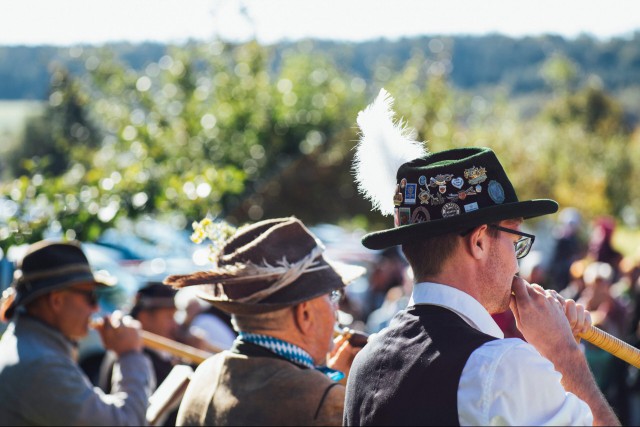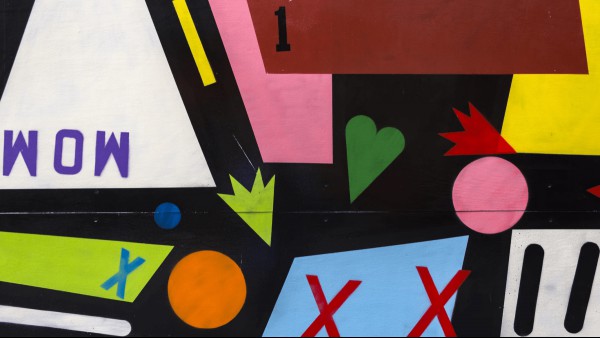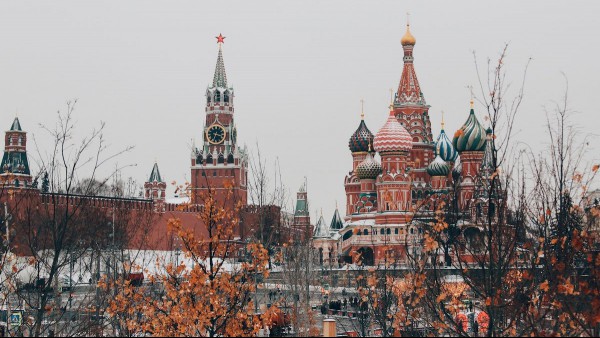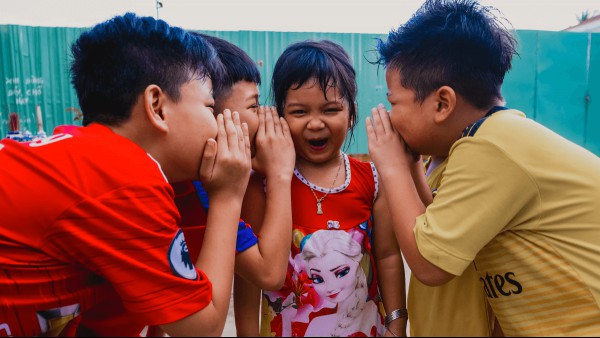When considering the inherent value of languages, it’s important to think about the numbers:
Across the world today, there are 7,117 spoken languages. Of these, just 23 account for over half of the world’s population, meaning thousands of valuable languages remain underrepresented in modern society (the 5 most used languages are English, Mandarin Chinese, Hindi, Spanish, and French.)
This uneven language ratio is exacerbated by the fact that in many English-speaking countries (like the United States and Australia), schools don’t mandate the learning of a second language. On a big picture level, it’s pretty clear that most countries don’t place enough value in regional languages.
This might not seem like a big deal to many English speakers, but what does it mean for languages that don’t have the luxury of being dominant? Do all these languages have value? And if so, what are we doing to preserve them?
How Do Languages Go Extinct?
When we think of extinction, we tend to think of animals. But languages can go extinct, too. It’s currently estimated that a language dies about once every two weeks. Over the last three generations, more than 200 languages have become extinct. And roughly 40% of the world’s languages — both spoken and sign language — are currently endangered. Many have fewer than 1,000 speakers. As parts of the world continue to develop, and others shrink into obscurity, what does this mean for human culture?
To answer this, we first need to understand exactly what an endangered language is. The United Nations Educational, Scientific, and Cultural Organization (UNESCO) defines four levels of language endangerment. These range between “safe” (not endangered) and “extinct”:
- Vulnerable — most children speak the language, but it may be restricted to certain domains (e.g. the home)
- Definitely endangered — children no longer learn the language as a mother tongue in the home
- Severely endangered — the language is spoken by grandparents and older generations, and while the parent generation may understand it, they do not speak it to children or among themselves
- Critically endangered — the youngest speakers are grandparents and older, and speak the language partially and infrequently
In the United States, many Indigenous languages fall into these categories. Massachusetts, the state where I currently live, is a prime example. You can’t tell from its current demographic, but the northeast state was once inhabited by tribes of the Algonquian language family. These included the Wampanoag, Narragansett, Nipmuc, Pocomtuc, Mahican, and Massachusett. The Massachusett language in particular — also known as “Wôpanâak” (which is how we’ll refer to it in this article) — is considered “vulnerable” by UNESCO. Disease, loss of land, and war contributed to the extinction of Wôpanâak in the mid 19th century. But there’s hope for vulnerable languages.
Reviving Extinct Languages And Cultures
Fortunately, there’s hope even for languages whose value has only been recognized after their extinction. Today, Wôpanâak is the first extinct Native American language to be reclaimed, with the Wôpanâak Language Reclamation Project is aiding this restoration. The project has developed a dictionary, a curriculum for language speakers, camps, and classes for all ages. There is now a young girl in the community who uses Wôpanâak as her first language. She’s the first native speaker of the language since its extinction 150 years ago.
One of today’s most prominent “dead” languages is Latin. But by UNESCO’s definition, Latin isn’t technically extinct, either. It’s still used in science, Catholicism, philosophy, and law. What makes Latin “dead” is that it’s no longer the native spoken language of a community of people. But as long as many English and non-English words continue to have recognizable Latin roots, we can rest assured that Latin will never completely vanish.
Some Languages Are More Vulnerable To Extinction
In some extinct languages, writing systems developed independently from Latin. One of the few examples of this is Rongorongo, an indigenous writing system from Easter island. Rongorongo consists of about 120 symbols and is written in “boustrophedon.” This means that the script alternates from left to right and right to left in horizontal lines. Unfortunately for us, the language remains undeciphered. Imagine the untold mysteries it contains!
Another (critically endangered) language is Tangam, native to North East India. Only 253 Tangam speakers remain, concentrated in the hamlet of Kugging in Arunachal Pradesh. In order to communicate with neighboring villages, the Tangam people have forced themselves to become multilingual. This has ultimately meant speaking less of their own language, and more of the neighboring languages. Their fight for survival is slowly contributing to the disappearance of their native language.
Kaling Dabi, a Senior Research Fellow at the Centre for Endangered Languages of Rajiv Gandhi University, is currently completing a Ph.D. on the Tangam community. He explains that another endangered language in the area, Meyor, is in a better position than Tangam because it has at least 1,000 speakers. Suffice to say, language extinction is proportional to population size.
What Does The Future Hold For The World’s Languages?
Experts predict that 90% of the world’s minority languages will become extinct in the next 100 years. This will happen naturally as cultures mesh and isolated tribes die out.
While some linguists actively research and revive languages, not everyone agrees with this practice. John McWhorter, a professor of linguistics at Columbia University, has for one, questioned this approach. Donning a more practical point of view, he ponders the value of having one language instead of over 7,000. He believes it’s important to consider the topic of languages more logically and not to get caught up in emotional associations between language and culture.
McWhorter also believes that while the death of a language is an artistic loss, our attachment to diverse languages itself is “perverse.” In his opinion, languages aren’t inherently linked to culture; they merely grow as a function of their communities. On the other hand, many might insist that cultures are synonymous with language and impossible to speak in exclusive terms.
In an increasingly global world, he thinks the existence of fewer languages is not only less work (in terms of learning and maintenance) but actually an advantage. Fans of Newspeak would certainly agree.
The majority, however, would agree on the importance and impact of linguistic restoration. It is visible in things like the Wôpanâak Language Reclamation Project or the loss of a language like Tangam. Language ties culture and communities together.
Learning To Value Rare Languages
Considering the many ways we can navigate language learning, the revival of one is something quite unprecedented. The loss of a language — which can happen in an assortment of ways — is also the loss of a community and its culture.
If, like me, you’re an English speaker living on colonized land in the Americas or Australia, why not discover your land’s heritage via Native Land’s website? Who knows, you might find a valuable language or two, or even a project in your community to revive the local language. A commitment to speaking a diversity of languages — in any level of fluency — is a commitment to culture, greater empathy, and a more colorful society.











